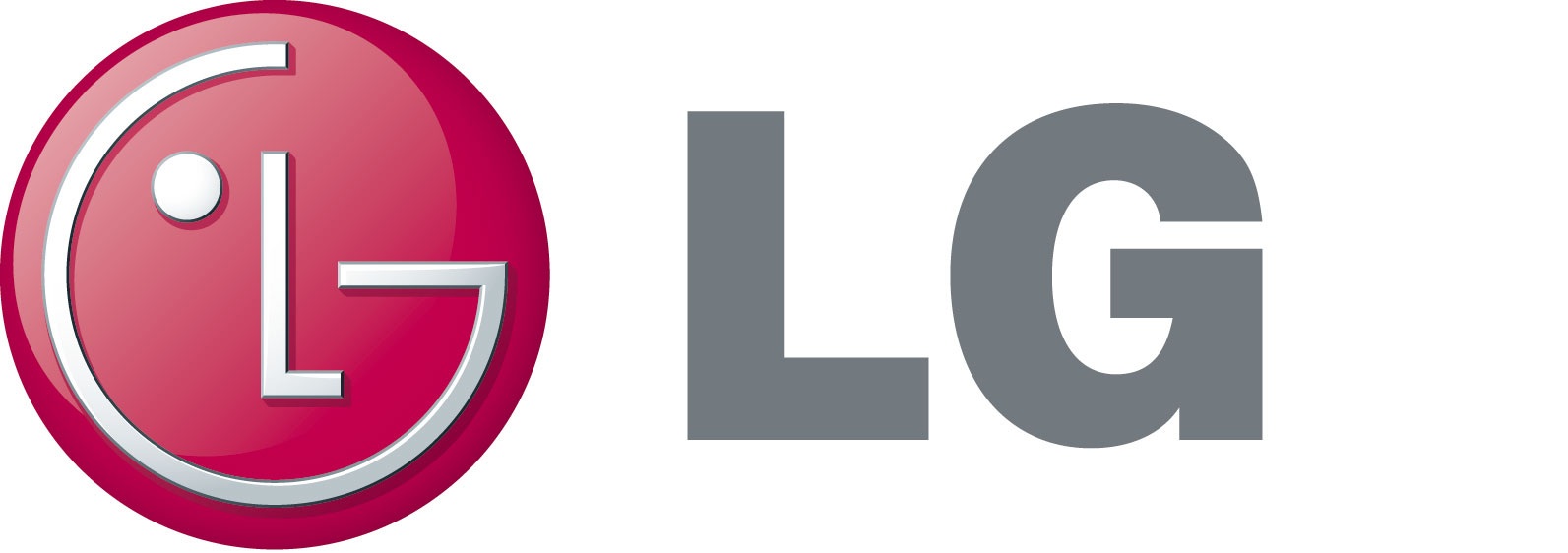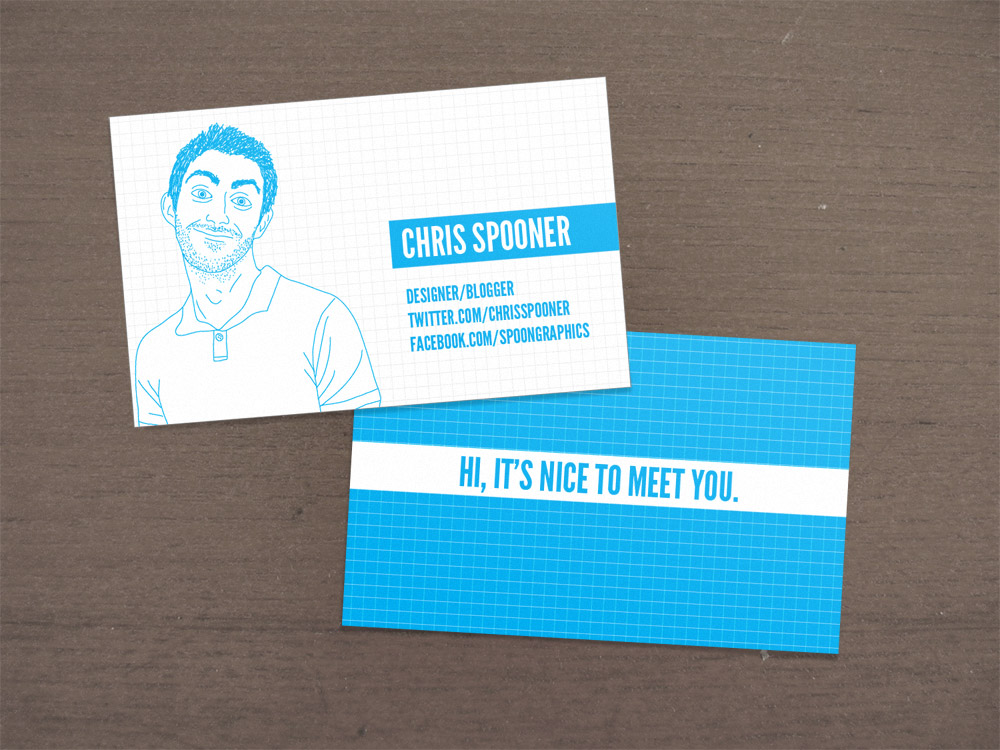Business Cards: Developing Ideas
1) Design Specifications:
- The final digital file will be in a common format such as jpg, png, tiff.
- the final image resolution should be no less than 300dpi to ensure quality.
- final card designs will include a 0.125" bleed on all side
- It should include my name, email address, phone number, and position in the company.
- It should have the full name of the company, location of the specific store, and website of the company.
- Logo will be in the business card.
- It will have two sides.
- There should be some sort of space in between each kind of information.
Front Layout:
Logo:
Font:
The styles are already chosen, simple and thin, and the options are all quite similar, with the same pros and cons, it will be chosen using feedback |
| Fortheenas 01 |
 |
| Lane Narrow Regular |
 |
| Opificio Neue |
 |
| Helvetica Neue light |
 |
| Avenir light |
| Myriad Pro |
Colour Palette:
3) Chosen Design:
Back design: Logo in the centre
This is because the logo in the centre without anything makes people focus on the logo more. And a good logo can grab people's attention well. And if the logo is a very recognised one, then people will straight ahead go "Oh! I know which company's business card this is." which is good because even the business card should be easily recognised. The colour one might be attractive but unrecognisable. The line can also be at the back because it is something special, there is novelty.
Front layout: One side info, one side
The third back layout was not good because a portrait text on a horizontal card just doesn't fit, look weird, and caused a lot of white space. Even if the white space was filled in with logos of other text, it would look funny, lack unity and harmony because something on the sides is not going to look good. The portrait design just seem too formal and a little bit dull. This one chosen has a good harmony and has a good balance, and is rich enough yet having enough white space.
Logo: Smily face
This logo is more special meaning attracting more attention and more memory. It is also obscured which attracts even more attention, and it is a face which attracts even more attention. It looks friendly with those curvy lines which is a good message but with the L with angles and straight lines keeping it away from the extreme. All it means is that it improves life and you'll be happy using the products. All the logo designs have a first letter mnemonic device, but this one is more memorable because it is something concrete that represented the company - to use innovative ideas, and smart inventions to improve quality of life. The second one was totally abstract and was very random. The first one was actually pretty good, and it at least have some meaning, but the meaning is very hard to notice of find out. It is also very abstract so if someone don't know the company yet or understand much, they would have no idea what that was.
Size: 20:13
The standard size seems a bit long and the chosen one is close to the golden ratio and it seem more comfortable to look at and there is more balance between the horizontal and the vertical.
Font: Avenir light
They are all quite simple. However, this is just right there, some are over-done and looks awkward (where they cut half of the horizontal line of "t" and "f"...). Helvetica Neue was another choice and they are kind of the same, but Avenir light seems to be fresher. Also Avenir light had all ellipses (even e and c) using the same circle and the same size, while Helvetica Neue had it changed more, which seems to me avenir light looks simpler and better. One thing that looked bad about it is that the kerning was too wide and looking unnatural but that can be adjusted in illustrator.
Colour Palette:
Logo: Smily face
This logo is more special meaning attracting more attention and more memory. It is also obscured which attracts even more attention, and it is a face which attracts even more attention. It looks friendly with those curvy lines which is a good message but with the L with angles and straight lines keeping it away from the extreme. All it means is that it improves life and you'll be happy using the products. All the logo designs have a first letter mnemonic device, but this one is more memorable because it is something concrete that represented the company - to use innovative ideas, and smart inventions to improve quality of life. The second one was totally abstract and was very random. The first one was actually pretty good, and it at least have some meaning, but the meaning is very hard to notice of find out. It is also very abstract so if someone don't know the company yet or understand much, they would have no idea what that was.
Size: 20:13
The standard size seems a bit long and the chosen one is close to the golden ratio and it seem more comfortable to look at and there is more balance between the horizontal and the vertical.
Font: Avenir light
They are all quite simple. However, this is just right there, some are over-done and looks awkward (where they cut half of the horizontal line of "t" and "f"...). Helvetica Neue was another choice and they are kind of the same, but Avenir light seems to be fresher. Also Avenir light had all ellipses (even e and c) using the same circle and the same size, while Helvetica Neue had it changed more, which seems to me avenir light looks simpler and better. One thing that looked bad about it is that the kerning was too wide and looking unnatural but that can be adjusted in illustrator.
Colour Palette:
I chose 5695D0, E0DFDD, F9A21A - blue, grey, and yellowish orange. Blue is smart. The grey looks professional, mature, and simple. the orange makes it optimistic and happy, like having a good quality of life. The last one was too bright and looked childish. The first one looked girlish. The second which is like this except for the orange was green also looked more green (eco) and comfortable for the eye, but it contains the jealous and unexperienced feel.
4) Planning Drawing:
- The mouth of the logo should be orange (something close to red would look more normal), the nose grey, and the eyes blue.
- The logo at the back side would be in the centre and the size would be a third of the vertical side, square (times itself).
- About the same logo size would be on the front page on the left place in the middle of the vertical length, and in the middle of the exactly left half side.
- In the front, there will be a rectangle to contain my name and my position. The whole rectangle will be horizontal, it will be around the middle (vertically) or maybe higher. It will be a bit thick, and it will be as long as about half the length of the card. Inside, the name will be in capital letters on the left side and it will be big. And my position "industrial engineer" will be on the right, and only the first letters will be capitalised, and one word will be on top and the other at the bottom. It will be small.
- All words should be using the avenir typeface but the font can be any except no oblique.
- There should be a one line space between each kind of information. Below the rectangle will be the company name, then address, then space, then my email address, then phone number, then space, then the company website.
- All information won't have like "Phone:", "Address:", stuffs like that.
These are more videos I found to help me through the process of creating my business card:
https://www.youtube.com/watch?v=wuG1vAaLxtc
https://www.youtube.com/watch?v=ldsTXjQ3rn0
https://www.youtube.com/watch?v=vsBhoa4OidI

























